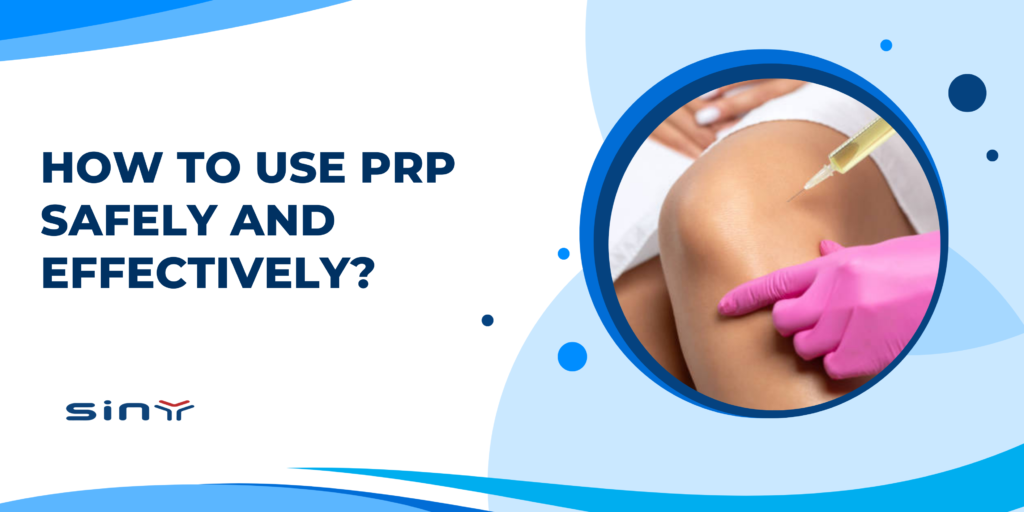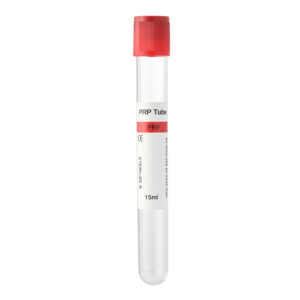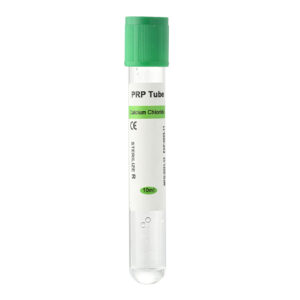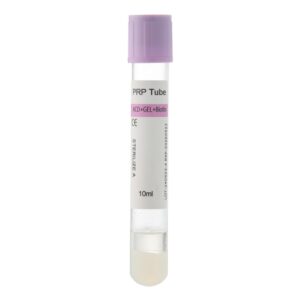Platelet-rich plasma (PRP) comes from a patient’s blood. Clinicians spin the blood to concentrate platelets, then inject or apply the plasma to the treatment area. Since the 1970s and 1980s, PRP first helped with bone healing in oral and maxillofacial surgery. Over time, doctors began using it in sports medicine, orthopedics, chronic wound care, and aesthetic treatments. Compared to donor products or drugs, PRP offers clear benefits:
- Uses the patient’s blood, so rejection risks stay near zero
- Delivers a mix of growth factors that work together
- Prepares quickly in an outpatient setting
- Builds a growing body of clinical evidence
How PRP Works: Coordinated Repair
Growth Factor Release
When activated, platelets release key proteins—like PDGF, TGF-β1, VEGF, EGF, and IGF-1—that do three things:
- Stimulate fibroblast growth and collagen formation to rebuild tissue
- Spark new blood vessel growth to bring oxygen and nutrients
- Attract stem cells and guide their repair work
Modulating Inflammation
PRP shifts local immune cells toward a healing mode. It eases pain and swelling right after treatment, cuts down scar tissue, and supports stronger, long-lasting tissue.
Enhancing Combined Therapies
Pairing PRP with stem cells, hyaluronic acid, laser treatments, or micro-needling can:
- Boost stem cell survival and integration
- Improve collagen production after laser or needle procedures
- Extend the healing response for better final results
When to Use PRP—and When to Avoid It
Indications
- Sports Injuries & Orthopedics: Tendon and ligament strains (e.g., tennis elbow, Achilles tendinopathy), mild to moderate osteoarthritis, fracture recovery
- Chronic Wounds & Surgery: Diabetic foot ulcers, pressure sores, delayed surgical wounds
- Aesthetic and Hair Restoration: Fine lines, uneven skin tone, acne or surgical scars, early-stage hair thinning
Contraindications
Do not use PRP if the patient has:
- A platelet count below 100×10⁹/L or known platelet dysfunction
- Active systemic infection or local infection at the injection site
- Blood cancers or other uncontrolled malignancies
- Severe heart or lung disease, uncontrolled endocrine disorders
- Pregnancy or breastfeeding without specialist clearance
Standardized Preparation Steps
- Blood Draw
- Collect 20–60 mL using a sterile vacuum tube and citrate anticoagulant.
- Two-Stage Centrifugation
- First spin at low speed (100–200 g for 5–10 min) to separate red cells.
- Second spin at higher speed (400–800 g for 10–15 min) to concentrate platelets.
- Adjust Concentration
- Remove most plasma, leaving a volume that raises platelet levels to 4–6× baseline.
- Activate Platelets
- Add calcium chloride (10%) or thrombin. Wait 5–10 minutes, then use.
- Apply Clinically
- Inject under ultrasound or CT guidance for precise placement.
- Or spread PRP over wounds and cover with a sterile dressing, changing it every 2–3 days.
Quality Control and Compliance
- Perform all steps in a cleanroom or ISO 5 air environment.
- Track every tube, centrifuge batch, platelet count report, and reagent lot.
- Calibrate centrifuges and cell counters monthly.
- Use only registered medical devices and follow local regulations and GMP standards.
Risks and Side Effects
- Local Reactions: Mild redness, swelling, or pain—usually resolved within 48 hours. Cold packs and over-the-counter pain relief help.
- Infection: Rare if you follow sterile technique; treat promptly with antibiotics if it occurs.
- Variable Outcomes: Results depend on age, health status, and platelet function; some patients need multiple sessions.
- Long-Term Safety: No systemic side effects have emerged, but stay within approved settings and under a qualified physician’s care.
FAQs
Q: When will I see the results?
Most patients notice less pain and better function in 2–4 weeks. They hit peak benefits around 3–6 months.
Q: Can PRP pair with other treatments?
, Yes—combining it with stem cells, hyaluronic acid, lasers, micro needlingling often boosts outcomes. Coordinate with your care team.
Q: How many treatments are needed?
Chronic cases often require 3–5 sessions spaced 2–4 weeks apart. Your doctor will adjust based on progress.
Summary
PRP offers a safe, patient-centered way to jump-start tissue repair and regeneration. As devices improve and more studies appear, you’ll see wider use across medicine. Our company provides a complete PRP system—devices, tubes, reagents—all made under strict quality controls. We help clinicians deliver consistent, traceable PRP treatments with confidence.





